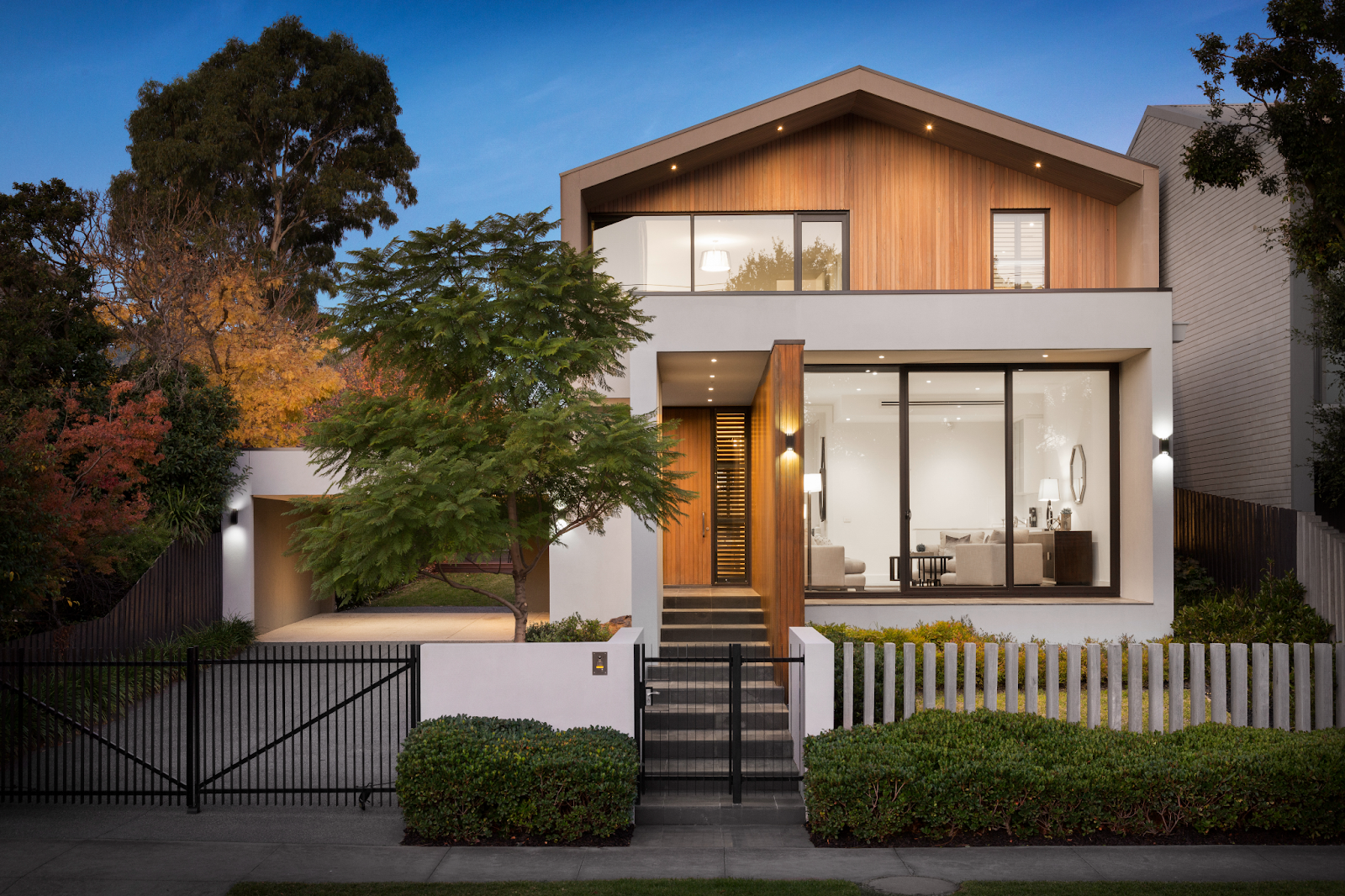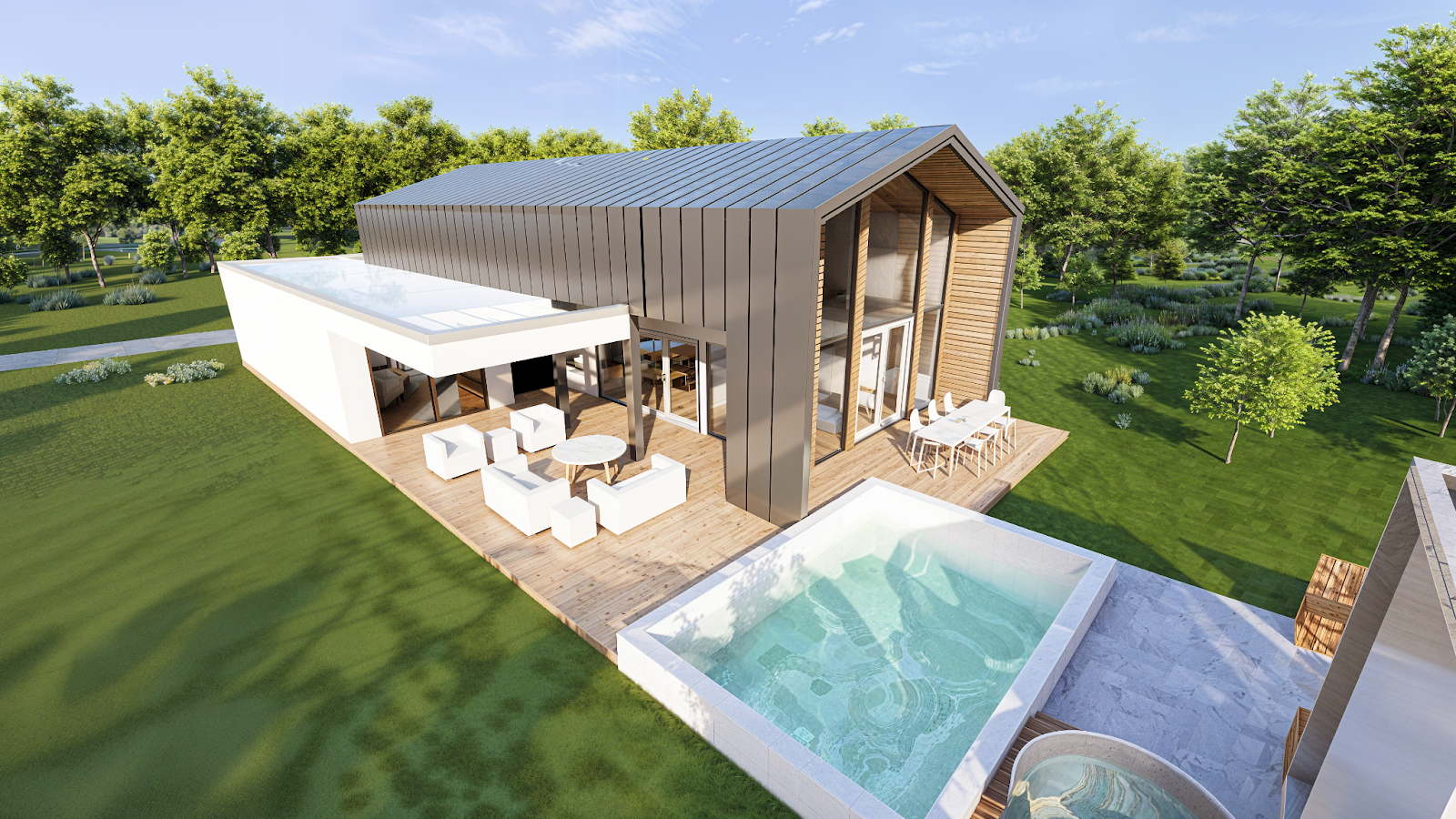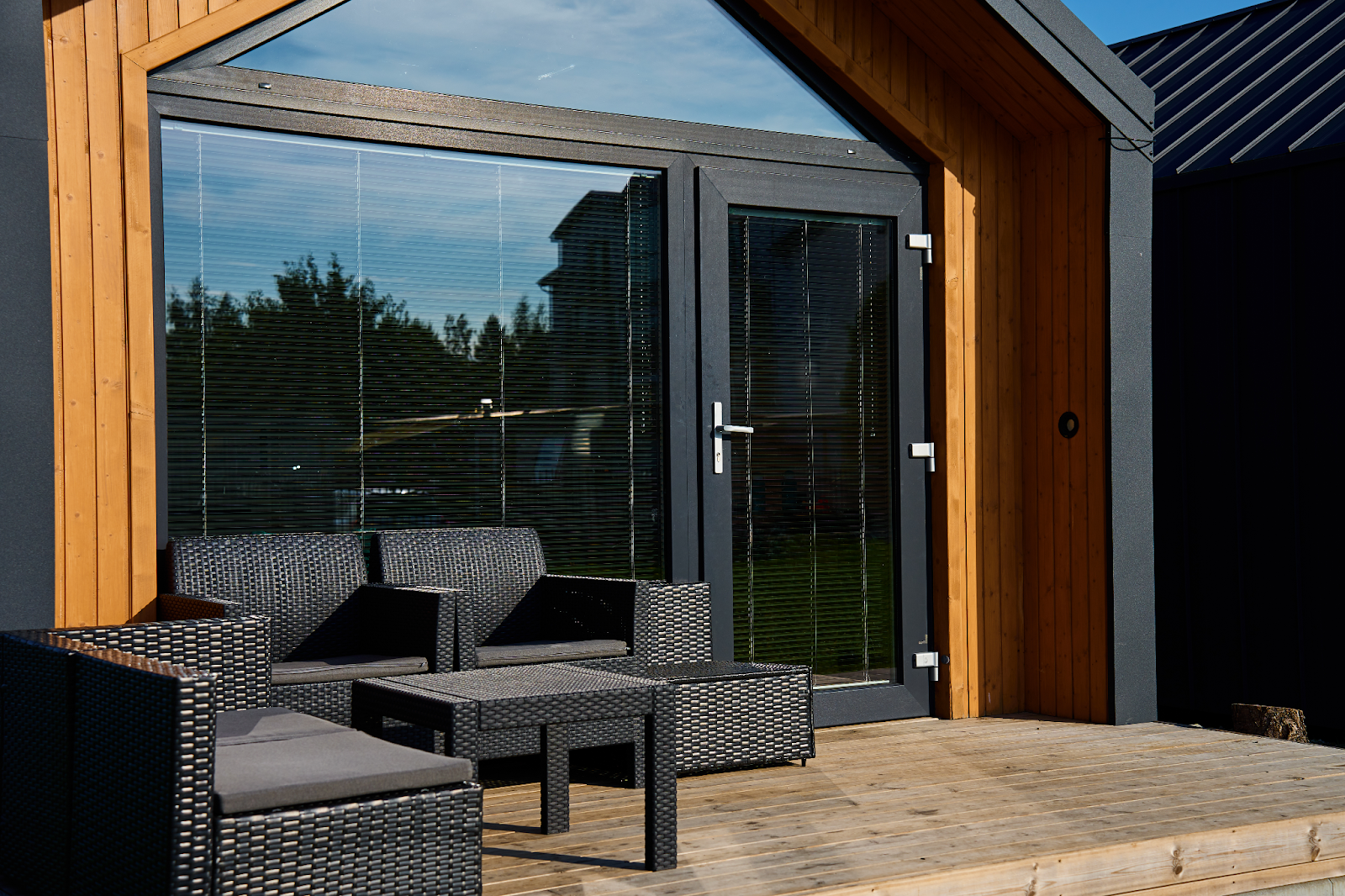
Nova Scotia custom house design offers a unique blend of tradition and modernity, reflecting the region’s rich architectural heritage while embracing contemporary aesthetics. Custom house design in Nova Scotia typically incorporates classic elements such as pitched roofs and wooden details, harmoniously fused with modern features like open-plan living spaces and energy-efficient technologies. This approach ensures that homes are not only visually appealing but also functional and sustainable. By merging traditional craftsmanship with modern design principles, Nova Scotia custom house design creates living spaces that honor the past while catering to today’s lifestyle needs.
The Unique Characteristics of Nova Scotia Architecture
Nova Scotia’s architecture boasts distinctive characteristics that reflect its rich cultural heritage and natural surroundings. Custom house design in this region often features traditional elements like steeply pitched roofs and large verandas, suited to the coastal climate. The use of locally sourced materials, such as granite and wood, is prevalent, enhancing the homes’ connection to the landscape. Coastal cottages and historic homes exhibit intricate woodwork and vibrant colors, representing the province’s maritime history. Modern custom house designs in Nova Scotia blend these classic elements with contemporary innovations, creating unique homes that honor both tradition and modern functionality.
Historical Influences Shaping Nova Scotia Homes
Historical influences have profoundly shaped Nova Scotia homes, reflecting the province’s rich cultural heritage. Early settlers brought architectural styles from Europe, blending Georgian, Victorian, and Colonial influences into local designs. The rugged landscape and maritime climate necessitated durable materials, leading to the prevalence of wood and stone in construction. Over time, Nova Scotia homes have integrated elements like dormer windows and steeply pitched roofs to combat harsh weather. These historical influences not only define the aesthetic of Nova Scotia homes but also illustrate the adaptability and resilience of the region’s architectural evolution.
Maritime Climate and Its Impact on Design
The maritime climate significantly influences design decisions in coastal regions. The unique conditions, characterized by high humidity, salt air, and frequent storms, require thoughtful consideration in design choices. Materials used in maritime climates must resist corrosion and moisture, making options like stainless steel, treated wood, and composite materials ideal. Additionally, the design must accommodate temperature fluctuations and promote ventilation to combat mold and mildew. Effective design in maritime climates balances aesthetics with functionality, ensuring durability and resilience. Understanding these factors helps create spaces that not only withstand the environmental challenges but also maintain their beauty and integrity over time.

Architectural Styles Popular in Nova Scotia
In Nova Scotia, architectural styles reflect the region’s rich history and diverse influences. Colonial Revival homes, characterized by their symmetry and classic detailing, are popular alongside charming Cape Cod cottages with their steep roofs and dormer windows. Victorian-style houses, with ornate trim and intricate woodwork, add a historic charm to many neighborhoods. Maritime-inspired designs, featuring shingle siding and nautical elements, also stand out, paying homage to the province’s seafaring heritage. Additionally, modern interpretations of these styles incorporate contemporary elements, blending tradition with innovation. These architectural styles together create a unique and visually appealing landscape in Nova Scotia.
Integration of Natural Landscape into Home Design
Integrating the natural landscape into home design enhances both aesthetic appeal and environmental harmony. By incorporating elements such as large windows, natural materials, and open floor plans, homeowners can seamlessly blend indoor and outdoor spaces. The use of native plants, stone features, and natural light sources fosters a sense of connection with nature. This approach not only creates a serene living environment but also promotes energy efficiency and sustainability. Embracing these design principles allows for a home that complements its surroundings, offering a unique blend of comfort and ecological mindfulness. Integrating the natural landscape into home design enriches the overall living experience.
The Process of Designing a Custom Home in Nova Scotia
Designing a custom home in Nova Scotia involves a meticulous process tailored to the region’s unique characteristics. The journey begins with a detailed consultation where homeowners discuss their vision and requirements. Next, architects and designers create initial sketches and blueprints that incorporate local design elements and sustainable practices. Once the design is finalized, obtaining necessary permits and approvals is crucial. Throughout the construction phase, ongoing communication ensures the project aligns with the homeowner’s expectations. By focusing on these steps, homeowners can achieve a personalized and functional custom home that complements the beauty of Nova Scotia’s landscape.
Initial Considerations: Budget, Location, and Regulations
When embarking on a real estate project, initial considerations such as budget, location, and regulations are crucial. Your budget dictates the scope and scale of your project, influencing decisions on materials, design, and overall feasibility. Location affects not only the aesthetic appeal but also the value and functionality of the property. Additionally, understanding local regulations is essential to ensure compliance with building codes, zoning laws, and other legal requirements. Balancing these factors effectively will help you navigate the complexities of the real estate market and achieve a successful outcome in your design and development efforts.
Customization Options for Homeowners
Homeowners looking to personalize their living spaces have a variety of customization options available to them. From choosing specific color schemes to selecting unique materials, customization allows you to create a home that reflects your style and needs. Interior design elements, such as cabinetry, countertops, and flooring, can be tailored to suit individual preferences. Additionally, homeowners can opt for custom-built features like shelving, lighting, and fixtures to enhance functionality and aesthetic appeal. By exploring these customization options, you can transform your house into a personalized haven that truly feels like home.
Working with Local Architects and Builders
Working with local architects and builders offers numerous benefits for your design projects. By collaborating closely with professionals who understand your community’s aesthetic and practical needs, you ensure that your project reflects both your vision and local architectural styles. Local architects and builders bring invaluable insight into regional building codes, materials, and construction techniques, which can lead to more efficient and cost-effective outcomes. Additionally, their established networks within the area can facilitate smoother project management and quicker resolutions to any issues that arise. Embracing the expertise of local architects and builders not only enhances your project’s design but also supports the local economy.
Modern Innovations in Nova Scotia Custom Homes
Modern innovations in Nova Scotia custom homes reflect a blend of cutting-edge technology and eco-friendly design. Emphasizing energy efficiency, these homes often feature advanced insulation, smart home systems, and sustainable materials. Modern designs integrate automated lighting, heating, and cooling systems that enhance comfort while reducing energy consumption. Additionally, Nova Scotia custom homes are increasingly incorporating renewable energy sources, such as solar panels, to minimize their environmental impact. With a focus on both functionality and aesthetics, these innovations not only improve the quality of living but also contribute to a greener future.
Energy-Efficient Design and Sustainable Materials
Energy-efficient design and sustainable materials are crucial in modern architecture and interior design. By focusing on energy-efficient design, buildings can reduce their overall energy consumption, leading to lower utility bills and a reduced carbon footprint. Incorporating sustainable materials further enhances this effect, as these materials are often sourced responsibly and have a minimal environmental impact. Utilizing energy-efficient design principles and sustainable materials not only contributes to environmental preservation but also ensures long-term economic benefits. Adopting these practices supports a greener future and aligns with the growing demand for eco-friendly building solutions.
Smart Home Technology and Modern Amenities
Smart home technology and modern amenities are revolutionizing the way we live. By integrating advanced systems into home designs, residents can enjoy increased convenience, efficiency, and security. Smart home technology encompasses everything from automated lighting and climate control to intelligent security systems and voice-activated assistants. These innovations not only enhance comfort but also contribute to energy savings and improved safety. As modern amenities continue to evolve, homeowners can expect even greater levels of customization and connectivity, making smart home technology an essential component of contemporary living. Embracing these advancements ensures a future-ready home that meets the demands of today’s lifestyle.

The Future of Custom Home Design in Nova Scotia
The future of custom home design in Nova Scotia is evolving with a focus on sustainability, technology, and personalized aesthetics. Homeowners are increasingly seeking energy-efficient solutions that blend modern comforts with environmental responsibility. Innovations like smart home systems and sustainable materials are becoming standard, enhancing both functionality and eco-friendliness. Local architects and designers are embracing these trends, offering customized solutions that reflect Nova Scotia’s unique landscape and cultural heritage. As these trends continue to shape the industry, the custom home design in Nova Scotia promises to deliver residences that are not only beautiful but also aligned with future living standards.
Nova Scotia’s Unique Place in Canadian Architecture
Nova Scotia’s unique place in Canadian architecture is defined by its distinctive blend of historical and modern styles. With its picturesque coastal settings and rich cultural heritage, the province showcases unique design elements that reflect both its maritime history and innovative architectural trends. Explore how Nova Scotia’s architectural landscape contributes to Canada’s diverse design narrative.


